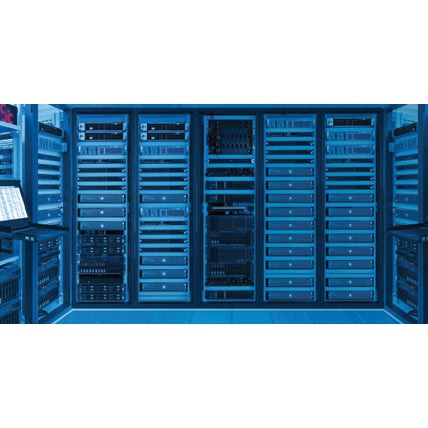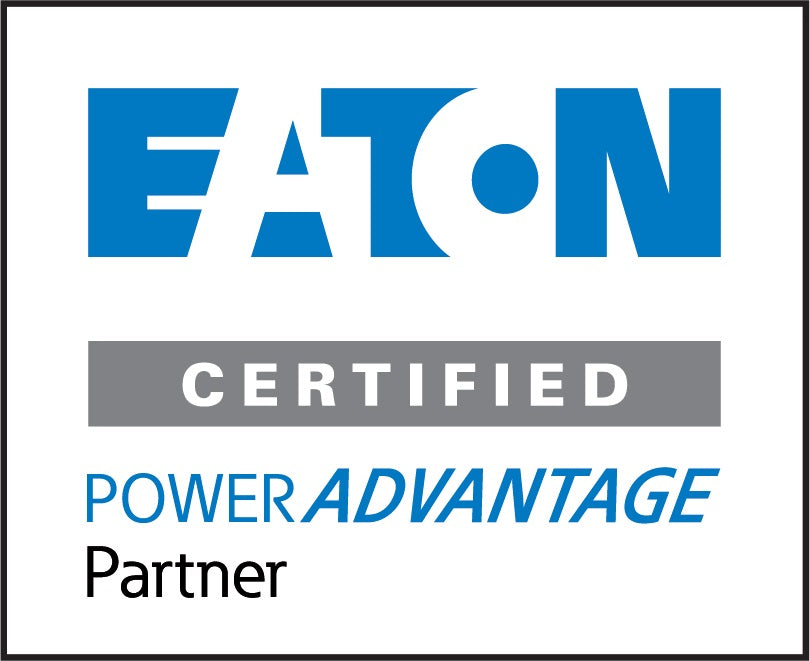Planning for Data Center Power with a Power Audit

Data centers are the backbone of modern businesses, powering the digital applications and services that we use every day. However, as demand for these services increases, so too does the energy consumption of data centers. With rising energy costs and growing concerns about sustainability, it's crucial for data center operators to manage their power usage effectively. One of the best ways to do this is through a power audit.
### **What is a Power Audit?**
A power audit is a systematic review of a data center’s energy consumption, aiming to identify inefficiencies, areas of waste, and opportunities for power optimization. It involves collecting and analyzing data about the power usage of every component in the facility – from servers and storage devices to cooling systems and lighting.
### **Why is a Power Audit Important?**
1. **Cost Savings:** One of the primary benefits of a power audit is cost savings. By identifying and addressing inefficiencies, data centers can reduce their energy consumption and consequently, their energy bills.
2. **Environmental Impact:** Reducing energy consumption not only saves money but also reduces the carbon footprint of the data center. This is particularly important given the increasing focus on sustainability and the environmental impact of businesses.
3. **Reliability:** Overloaded power infrastructure can lead to unexpected downtimes. Through a power audit, potential issues can be identified and addressed before they cause significant problems.
### **Steps to Conduct a Power Audit:**
1. **Initial Assessment:** Before diving deep, it's essential to have an overview of the data center's current power usage. Understand the design, infrastructure, and power distribution layout.
2. **Data Collection:** This involves monitoring power consumption over a specified period, usually using power meters, intelligent PDUs, and other monitoring tools.
3. **Analysis:** Once data is collected, analyze it to identify patterns, peaks in power usage, and any anomalies that might indicate inefficiencies.
4. **Recommendations:** Based on the findings, draft a set of recommendations. This could range from server consolidation and using more energy-efficient hardware to adjusting cooling strategies or improving airflow.
5. **Implementation:** Act on the recommendations. This might involve making changes to the physical infrastructure, upgrading hardware, or adjusting operational procedures.
6. **Review:** After implementing changes, it's essential to review and measure the impact. This helps ensure the expected efficiencies are realized and provides insights for future optimization efforts.
### **Tips for a Successful Power Audit:**
- **Engage Stakeholders:** Ensure that all relevant parties, from IT staff to facility managers, are involved and informed throughout the process.
- **Use the Right Tools:** Investing in accurate and comprehensive power monitoring tools will provide more detailed and reliable data, leading to better insights.
- **Stay Updated:** Power needs and data center configurations can change over time. Regularly conducting power audits ensures that you stay ahead of these changes and can adjust accordingly.
### **Conclusion**
In a world where efficiency and sustainability are increasingly crucial, power audits are a key tool for data center operators. By identifying inefficiencies and making targeted improvements, data centers can reduce costs, improve their environmental footprint, and ensure the continued reliability of their services. Whether you're running a large-scale facility or a smaller data center, consider conducting a power audit – the benefits, both immediate and long-term, are clear.







